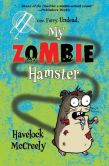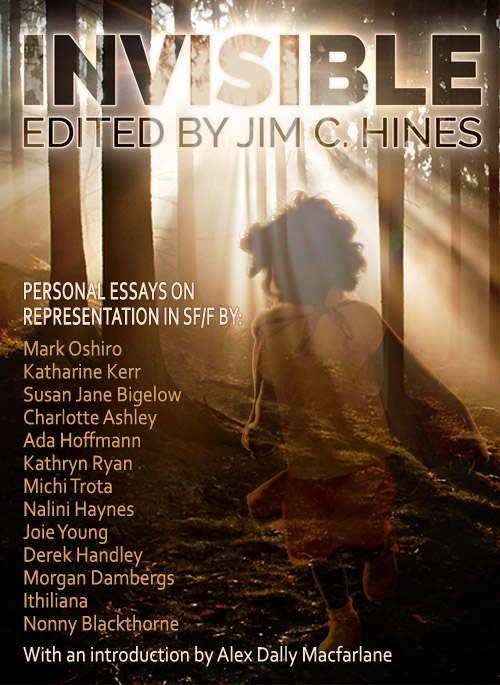My therapist shared something interesting earlier this week. With the caveat that this is all a bit simplified, and human brains don’t fit into neat lines and graphs, it still helped me to think a little differently about depression and anxiety and stress, and to understand both myself and certain other people in my life a little better.
She started by drawing the following graph:

This fits pretty well with my experience. There’s a relatively straightforward relationship here. The more depressed you are, the less productive you are. (Giving lie to the myth of the tortured artist who’s most productive when they’re depressed.)
Next, she drew a graph of anxiety.

This one also made sense, once we talked about it a bit. If you have absolutely no anxiety, you end up with a lot less motivation to produce anything. Take away all of my deadlines, and I’m definitely less productive and more likely to spend an evening bumming around on the couch watching Doctor Who. Not that there’s anything wrong with that.
On the other hand, too much anxiety can be crippling, with the far extreme being someone who can’t even leave their room or home.
So basically, we want to minimize depression and find a healthy and moderate level of productive anxiety. Got it. So far, so good.
What gets interesting, at least for me, is looking at the implications of the two models. If depression is more of a linear thing, it means you have that straightforward goal of getting as far to the left as possible. This also means small steps to fight the depression are more likely to have small steps in improving your productivity. It tends to be a long, slow battle.
I’ve been in therapy and on medication for depression for about two years now. This has had a pretty large impact on the depression, and when you look at my productivity these days … well, I’m doing two books in 12 months instead of my usual one. Smaller improvements have led to smaller changes in productivity, like being able to keep up with washing the dishes. Again, it’s not a perfect graph, but it makes sense to me.

I sketched in two sample changes in mood. If the depression improves by X, productivity also improves by X. That tends to hold true whether you’re really depressed or in a generally good space. (Yes, I’m simplifying the math and assuming a 1:1 slope.)
Anxiety, on the other hand, resembles a bell curve. That means any given change in your anxiety can have drastically different results, depending on where you happen to be on that curve.
Look at this next graph. Both of the horizontal lines, indicating a change in anxiety, are the same. The vertical lines, showing change in productivity, are not.

For someone near that ideal middle-ground, a small increase in anxiety of amount X could have a relatively small impact on productivity, perhaps X or even X/2. On the other hand, if you’re more anxious, the same increase of X in your anxiety could have a much larger impact, hurting productivity by a factor of 2X, 3X, or more.
Likewise, for someone who’s struggling with anxiety, removing just a small stressor could have a very large impact, and help exponentially.
And the exact same increase in anxiety can actually boost productivity for someone to the left of the curve as much as it hurts someone to the right.
This was an AHA moment for me. I spend a fair amount of time working with people and trying to motivate them, whether it’s my employees at the day job or my children at home, and looking at that Anxiety graph helped to crystallize why the same tactic can have very different results for different people … or even for the same people at different times.
Someone on the left side, who seems to be slacking because they don’t really care? Maybe their anxiety needs to be turned up a bit, by talking about potential consequences. On the other hand, for someone on the right side of the graph who’s already close to a panic attack, potential consequences are likely to push them even further, making things that much harder for them. In that case, trying to take a little of that anxiety off their shoulders can help tremendously.
I see some of the same effects with the way stress and anxiety intertwine in my life. There’s a certain middle ground where I can add or remove things I need to get done, and it doesn’t have much of an impact. But once I hit that tipping point, just a small increase in stress can drag me down hard.
Like I said at the beginning, this is a bit of an oversimplification. Human beings tend to be pretty complicated and messy. But seeing depression and anxiety drawn out like this was really helpful for me, so I figured I’d share it in the hope that it might help a few of you as well.






 My Zombie Hamster
My Zombie Hamster 



